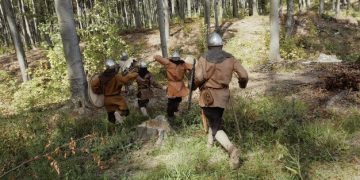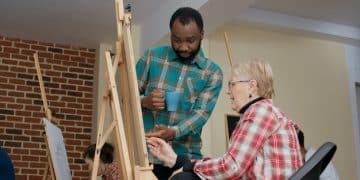Spread the Love: Handwritten Cards for Veterans Day
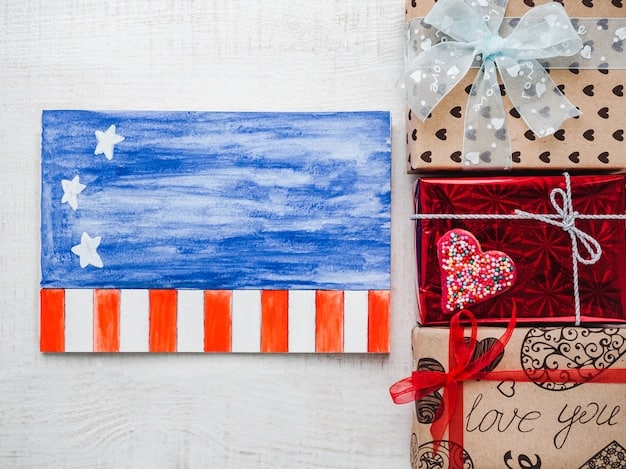
Spread the love and honor the sacrifices of our veterans by sending them a handwritten card, a simple yet impactful gesture that can brighten their day and show them they are remembered and appreciated.
In a world dominated by digital communication, the power of a handwritten card should not be underestimated, especially when it comes to showing appreciation for our veterans. Why not spread the love: send a handwritten card to a veteran and brighten their day?
The Enduring Power of a Handwritten Card
In our increasingly digital age, receiving something tangible and personal can have a profound impact. A handwritten card carries a warmth and sincerity that a text or email simply cannot replicate. It’s a physical representation of your thoughts and feelings, making it a powerful way to connect with someone.
Why Handwritten Cards Matter
Handwritten cards offer a personal touch that digital messages lack. Taking the time to write a card shows that you’ve invested thought and effort into communicating with the recipient, making them feel valued and appreciated. This simple act of kindness can create a lasting impression.
The Veteran Connection
For veterans, who have often experienced significant sacrifices and challenges, the act of receiving a handwritten card can be particularly meaningful. It’s a reminder that their service is valued and that they are not forgotten. It offers a sense of connection and support, which can be invaluable.
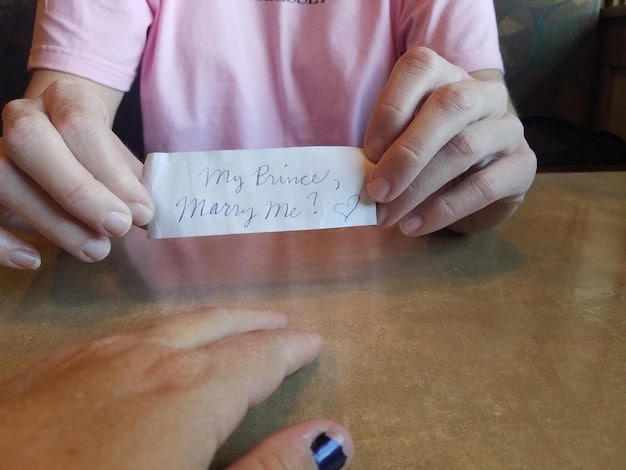
- A handwritten card provides a tangible connection in a digital world.
- It shows a level of care and effort that digital messages often lack.
- For veterans, it’s a reminder of their service and sacrifice being valued.
Sending a handwritten card is a small gesture with a big impact, capable of bridging emotional distances and reinforcing bonds of gratitude and respect.
Why Veterans Deserve Our Appreciation
Veterans have dedicated a portion of their lives to serving our country, often at great personal risk. Their sacrifices deserve recognition and appreciation, and a handwritten card is a simple yet powerful way to express our gratitude.
The Sacrifices of Veterans
Veterans often face unique challenges, from physical and mental health issues to difficulties reintegrating into civilian life. Their service involves significant sacrifices including time away from family, exposure to dangerous situations, and the emotional toll of witnessing conflict.
Recognizing Their Service
Acknowledging the service of veterans is crucial for their well-being and sense of belonging. Acknowledgment can take many forms, from public recognition ceremonies to personal expressions of gratitude. Recognizing their service helps them feel valued and understood.
Showing appreciation for veterans is about acknowledging their dedication, sacrifices, and the enduring impact of their service on our nation.
Crafting the Perfect Card: What to Write
Knowing what to write in a card to a veteran can sometimes feel daunting. However, the key is to keep it simple, sincere, and heartfelt. Focusing on expressing your gratitude and acknowledging their service can make a significant difference.
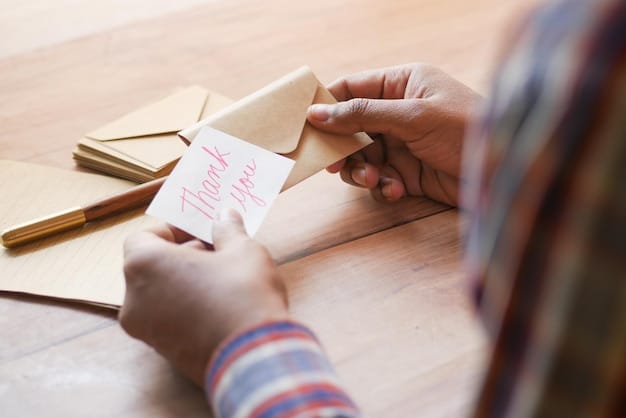
Expressing Gratitude
The most important thing to convey in your card is genuine gratitude. Thank the veteran for their service, their dedication, and their sacrifices. Be specific about why you appreciate them, such as their commitment to defending our freedoms or their willingness to put their lives on the line.
Sharing a Positive Message
Focus on sharing a positive and uplifting message. Avoid dwelling on the negative aspects of war or conflict. Instead, emphasize hope, resilience, and the positive impact of their service. Offer words of encouragement and support, letting them know that their efforts are valued and appreciated.
- Express sincere gratitude for their service and sacrifices.
- Share a positive and uplifting message of hope and resilience.
- Personalize the card with a specific detail or anecdote, if possible.
Crafting a thoughtful and heartfelt card can make a veteran feel seen, appreciated, and supported.
Getting Involved: Where to Send Your Card
Finding the right avenue to send your card can be just as important as crafting the message itself. There are numerous organizations and initiatives dedicated to connecting with veterans and ensuring they receive the support and recognition they deserve.
Organizations That Support Veterans
Numerous organizations facilitate the distribution of cards and messages to veterans. These organizations often have established networks and programs that ensure your card reaches a veteran in need of support. Researching and choosing a reputable organization is key.
Local Opportunities for Connection
Local communities often have opportunities to connect with veterans through volunteer programs, events, and local veteran support groups. These local initiatives provide a more direct and personal way to show your appreciation. Check community centers and veteran local posts.
By exploring available options and choosing a method that resonates with you, you can effectively spread your message of gratitude and support to those who have served.
The Ripple Effect: Spreading Kindness Beyond Veterans
While focusing on veterans is essential, the act of writing and sending a card can have a ripple effect, inspiring others to spread kindness and appreciation in their communities. The simple act of expressing gratitude can create a positive chain reaction, benefiting society as a whole.
Inspiring Others to Show Gratitude
When others see the impact of your actions, they are more likely to be inspired to do the same. Sharing your experience and encouraging others to write cards to veterans can create a wave of appreciation. Sharing stories on social media can amplify the message.
Creating a Culture of Appreciation
By consistently showing gratitude and appreciation, we can help foster a culture of kindness in our communities. This culture benefits everyone, creating a more supportive and positive environment. Small acts of kindness contribute to a greater sense of unity.
- Inspire others by sharing your experience and its impact.
- Promote the value of appreciation in your community.
- Extend your kindness to other deserving groups and individuals.
Making It a Habit: Year-Round Appreciation
Showing appreciation for veterans shouldn’t be limited to special occasions or holidays. Making it a habit to express gratitude throughout the year can have a lasting impact on the lives of veterans and contribute to a more supportive community.
Beyond Holidays and Special Occasions
While holidays like Veterans Day and Memorial Day provide opportunities to honor veterans, consistent appreciation throughout the year is much more meaningful. Regular acts of kindness can remind veterans that their service is always valued, not just on specific dates.
Incorporating Gratitude Into Daily Life
Finding small ways to incorporate gratitude into your daily life can make a big difference. This could include sending a card on a veteran’s birthday, volunteering at a local veterans’ organization, or simply taking the time to thank a veteran in person.
Creating a culture of year-round appreciation ensures that veterans consistently feel valued, supported, and remembered for their sacrifices.
| Key Point | Brief Description |
|---|---|
| 💌 Personal Touch | A handwritten card offers a personal connection that digital messages lack. |
| 🏅 Acknowledge Sacrifice | Recognizing veterans’ service is crucial for their well-being. |
| 🌟 Positive Message | Share uplifting words emphasizing hope and resilience. |
| 🗓️ Year-Round Gratitude | Appreciation should extend beyond holidays for a lasting impact. |
FAQ Section
▼
A handwritten card provides a tangible connection and shows a level of effort and care that digital messages simply can’t replicate. It’s a personal touch that makes the recipient feel valued.
▼
Express sincere gratitude for their service and sacrifices. Share a positive message of hope and resilience, and personalize the card with a specific detail or anecdote, if possible.
▼
Research and choose reputable organizations dedicated to supporting veterans. Many have established networks and programs to ensure your card reaches someone in need. Check also local communities initiatives.
▼
Yes, you absolutely can! Many organizations facilitate the distribution of cards to veterans who may not have family or friends nearby. Your act of kindness will be greatly appreciated.
▼
Showing gratitude creates a more supportive and positive community and fosters a culture of kindness. Feeling valued and understood contributes to their well-being and strengthens communities.
Conclusion
In closing, the simple act of spread the love: send a handwritten card to a veteran and brighten their day can have a profound impact. It is a tangible way to show gratitude, acknowledge their sacrifices, and foster a culture of appreciation. Let’s make a conscious effort to express our thanks, not just on holidays but throughout the year, ensuring that our veterans always feel valued and remembered.

